How to have a ‘Toxic Breakup’
Category: Healthy Home
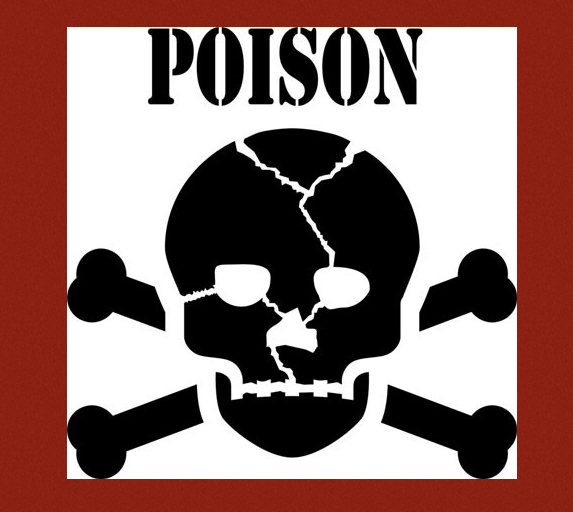
‘They say’ that breaking up is hard to do…
‘We Say‘ — Not when the relationship is Toxic.
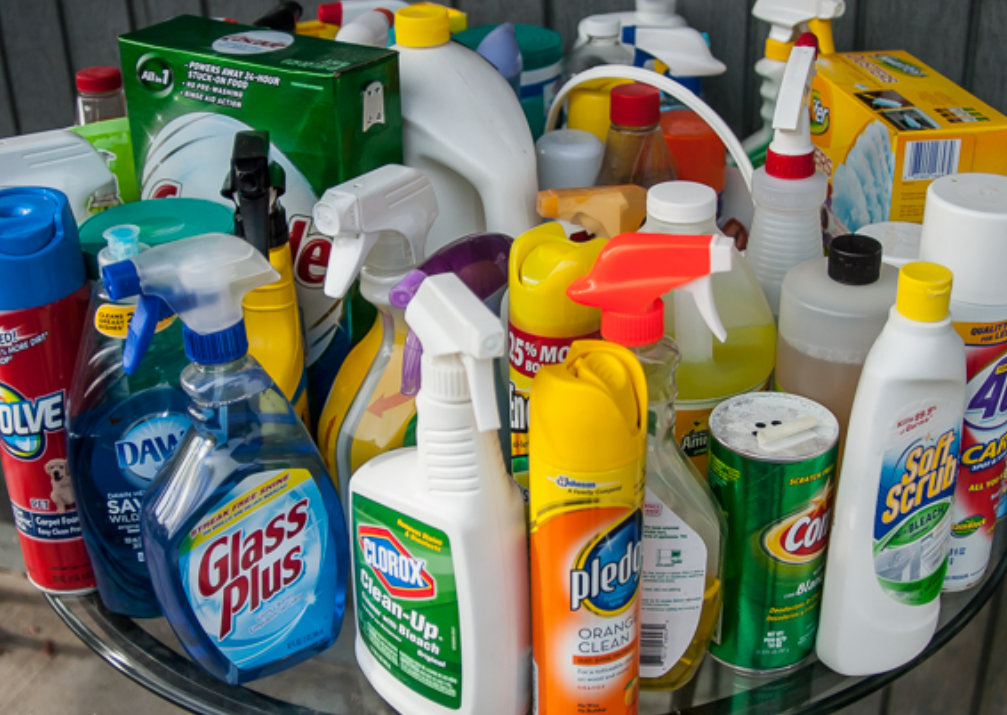
We’re advocating you have a TOXIC BREAKUP!
not in your personal relationships,
but rather, with your household “cleaners”.
But Why would you do this?
In two words: BODY BURDEN. The accumulation of trace amounts of everyday chemicals, over time, in the tissues of our bodies.
Americans age six and older are contaminated by 148 toxic substances from household chemicals. Chemicals that were supposed to make life easier or safer. Products that expose us incrementally, every day, to chemicals that persist in our indoor environments.
Babies today are born with excessive concentrations of toxic chemicals in their umbilical cord blood! These are passed through the placenta from the mother to the child before birth.
We have a friend who actually had a “Body Burden Test”. It required over a dozen vials of blood and urine and took several months for her to receive the specialized results. She was astounded by the level of toxins found in her adult body… and became alarmed at what she may be unknowingly exposing her children to. The immune systems of infant and adolescent bodies are still developing. After much research into the sources of these contaminants, she commenced a Breakup with the household cleaners she’d been in relationship with for decades.
Short of giving up half your blood, and spending thousands of dollars, to find out your personal Body Burden…
What can YOU? What did WE do?
One place to start would be: The CDC’s Exposure Report
This online resource provides unique exposure information to scientists, physicians, and health officials to help prevent exposure to environmental chemicals. The Report shows us which chemicals get into all Americans, and in what concentrations. It also focuses on especially vulnerable populations (e.g. children, elderly, chronically ill, and minorities).
If you find these data alarming (as we do), you may want to consider a ‘Toxic Breakup’. Here’s how: First, we gathered up all the cleaning products from around the house and read the labels. Consider for a moment, how odd it is that warning labels are even needed on cleaning products!
A personal side note: do not do this at someone else’s home, as I did once thinking I was being helpful. Instead of kudos and appreciation, I was met with “So, you’re telling me I’m a bad parent?”. LOL. Certainly not! Every person must make their own choices based on the information they have. We all do the best we can with what we know. When we know better, we do better. Our purpose here is to educate and illuminate, not judge.
How to tell what is safe and what isn’t
- Over 80,000 chemicals have been registered with the EPA in the last 30 years
- Fewer than 500 of these chemicals have ever been tested for toxicity
- Of those 500, NONE have been tested when combined with another chemical
- Unfortunately, We consumers are all participating, often unknowingly, in a huge chemical experiment.
Ingredient Labels are mandatory for food, cosmetics, and drugs – but not for cleaners
- The United States government only requires companies to list “chemicals of known concern“. Fact is, the government has no idea if chemicals in everyday products are safe because it doesn’t test them, and it doesn’t require manufacturers to test them either. It relies on “voluntary” testing agreements with manufacturers… that means ‘if they feel like it’.
- The Toxic Substance Control Act of 1976 spells out that government can NOT REQUIRE chemical companies to prove the safety of their products unless the agency itself can show the product poses a health risk. The EPA has not, historically, had enough resources or funding to take on this kind of consumer protection.
- Consumer Advocate Sloan Barnett says in her comprehensive book, Green Goes with Everything: “The sad truth is there are very few ways to know what kinds of chemicals are in tub cleaner, detergent, shampoo, air freshener, nail polish, makeup, or anything else, or whether any of the ingredients are toxic”. Fortunately, there are truly healthier alternatives. It all starts within every consumer’s mindset…
Our philosophy… Better SAFE than SORRY
What to look for in safe cleaning products
Notice the Warning Statements on a Label. No information could mean they’re hiding something.
- Replace anything labeled “Danger”, “Poison”, or “May be Harmful or Fatal if swallowed“. Why have we come to believe that harmful chemicals are required to clean our homes?
- Children and Pets are most at risk from ingestion or absorption of the products we put on our floors, our clothes, our dishes, and anything else around the house we touch. Many products advise the consumer to use protective rubber gloves to prevent skin burns or irritation (rash).
- Watch for substances “known to the state of California to cause cancer“. California has some of the strictest, most consumer-friendly, product regulations of all 50 states. Understand this is the minimum wording a manufacturer is required to reveal. They don’t even need to tell you what those substance(s) are… making it very difficult for consumers to adequately assess what they’re bringing into their homes.
- GreenWashing. Be wary of labels advertising “Green”, “Eco-Friendly”, or “Natural”… this means nothing. They are well-researched marketing ‘triggers’ to get you to buy. Unsupported claims are an attempt by corporations to market something as greener than it is.
- Look behind claims of ‘Biodegradable’ and ‘non-toxic‘. Some products we believe are safe and pose no health threats at all, aren’t always what they seem. Simple Green concentrated All-Purpose Cleaner claims to be both Non-Toxic and Biodegradable. However, it contains a solvent that can irritate eyes, 2-butoxyethanol, and when absorbed through the skin, can damage red blood cells. Canada caps this chemical’s use in non-aerosol cleaners at 6%. Why does it need to be there at all?
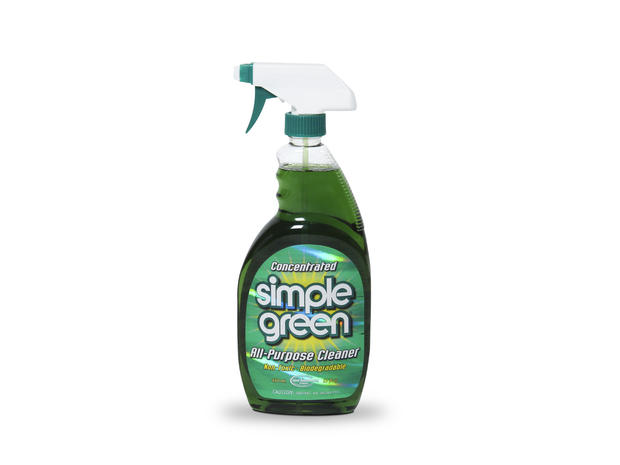
- Avoid products labeled with “Fragrance” and “Colorant”. These are secret blends of chemicals that are not usually required to be itemized on a label. Some members of this chemical family are banned in the European Union. What’s the problem with a “fresh scent”?… Phthalates
- Phthalates (DEP, DBP, DIBP, DMP, DIHP) are hormone disrupters that can cause birth defects, infertility, diabetes, thyroid and respiratory problems. These chemical “plasticizers” are also used to make plastics “soft”. You can find them in teething rings, toothbrushes, vinyl flooring, plastic wrap and food containers. It doesn’t always have to be a pleasing fragrance. You may recognize distinct odors when you open the package of a new “shower curtain”. Off-gassing of these chemicals can occur and accumulate in confined spaces. Ever wonder what causes that “new car smell”? Again, lots of plastics used in automobile manufacture.
- For use in our home, we seek Unscented cleaners with Plant-Based Solvents. If they work just as well, but without all the hazards, why would we go back to chemicals?
Check Manufacturer’s Website for product research, not hype.
- A product’s Material Safety Data Sheet (SDS, aka MSDS) is supposed to offer a 16 point breakdown of potential product hazards. For illustrative purposes, let’s look at a typical OTC (over the counter) cleaner: Lysol® Disinfectant Power Toilet Bowl Cleaner with Lime & Rust Remover. In the “Toxicology” section of an SDS, it reveals the product may be “Corrosive to eyes. Causes irreversible eye damage”. How are we going to enjoy sparkling clean porcelain if we can’t see it?
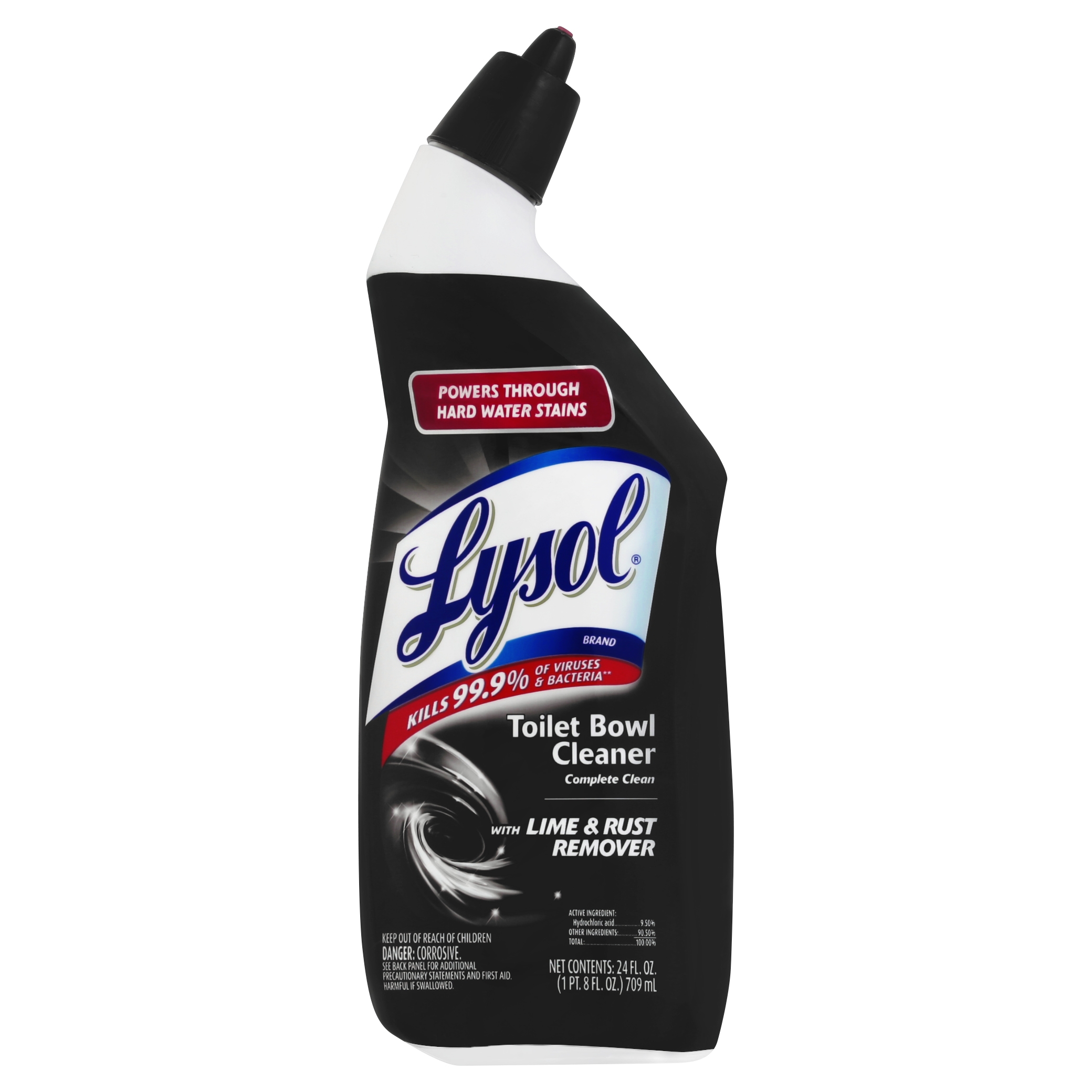
- Reviewing the Simple Green Website for “How to use” instructions. It says for “Heavy Cleaning”: dilute 1 oz Simple Green concentrate with 1 cup of water (1:10 ratio). That may not sound unreasonable, unless you consider this: Most consumers are accustomed to using formula sold in a convenient spray bottle… why would anyone make the effort to dilute something that appears to be ready to use? Did YOU know you were supposed to dilute it? We didn’t. We’ve discovered an even greener, and simpler, alternative.
Our Story: We are no different than you. We’ve grown up in households full of cleaners seen in television commercials, magazine ads, and store shelves for decades. We did the best we could with what we knew at the time. We believed manufacturer’s claims and trusted that they simply wouldn’t (or couldn’t) sell a product that caused people harm. If it hadn’t been for life-changing diagnoses of “Chronic Fatigue Syndrome” (aka Myalgic Encephalomyelitis) and “Fibromyalgia” years ago, we probably wouldn’t have thought to look into our consumer purchases. But these (and many other similar) “invisible” chronic illnesses have no known single biological cause, and no known cure. This is naturally frustrating to those suffering impairment, or outright disability. Like many before us, and since, we set out to seek our own answers through self education, trial and error.
We have both exhausted the traditional western medical treatment protocols. We’ve been to dozens of doctors, taken hundreds of tests, tried over a hundred different prescription medications, even volunteered as ‘guinea pigs’ for an FDA experimental drug study. We literally reached the limits of what medical analytical tools could offer us. Yet, we didn’t stop there. We explored Alternative and Naturopathic treatments. We have relied on Faith, Prayer, and Spiritual healing. We also prioritize personal development through psychological, emotional, and intellectual growth. We have also tried Traditional Chinese (herbal) medicine, and other healing practices like acupuncture, chiropractic, and massage, just to name a few.
Our approach towards finding our best health is a holistic one.
We began looking at everything we put:
- “in” our bodies
- “on” our bodies and
- “around” our bodies.
We couldn’t rule out environmental causes, or any other contributing factors, in our chronic illnesses. It was with this open-minded process that we stumbled upon the elephant in the room… what is in our homes where we spend most of our time?
To be clear, we’re not saying OTC household cleaners caused our illnesses. There is no published, peer reviewed science (that we know of) to make such a pronouncement. All we’re saying is:
why continue to engage in habits or behaviors that can not possibly help us be more healthy?
In fact, studies show they might actually exacerbate our existing symptoms or cause new ones! What if we began to eliminate, reduce, or redirect our money AWAY from purchasing products with known health risks? And if we did, what would we buy instead?
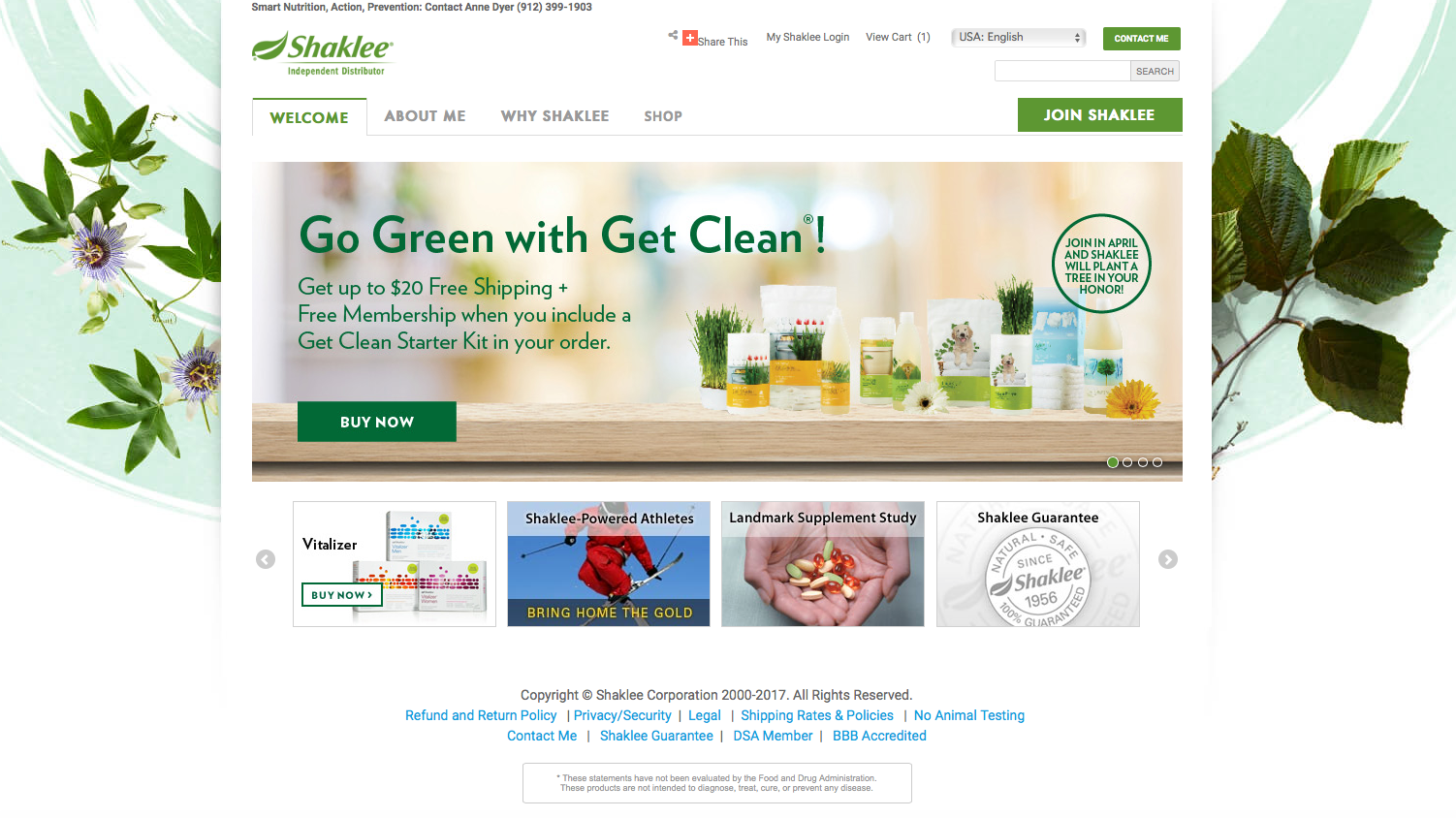
What WE found in our journey towards a healthier home, is a 60 year old product research and manufacturing company, you may have heard of, called Shaklee. In addition to being the #1 Natural Nutrition company in America, their “Get Clean” line of household cleaners are a cost-effective replacement option for all those Toxic cleaners we used to use.
We recommend Shaklee both because the science supports them, and because we’ve actually experienced positive health benefits from using their products. Just one example: Anne was diagnosed with Reactive Airways Disease before switching to Shaklee Get Clean products. After redirecting that portion of the monthly budget away from toxic household cleaners and towards Shaklee’s Nontoxic cleaning options, she went from using inhalers several times per day to never using them at all anymore!
We’d be happy to help you in any way we can. That’s what we’re here for, to be of service.
Anne and Jeffrey
Click below to discover all the ways we may assist you:
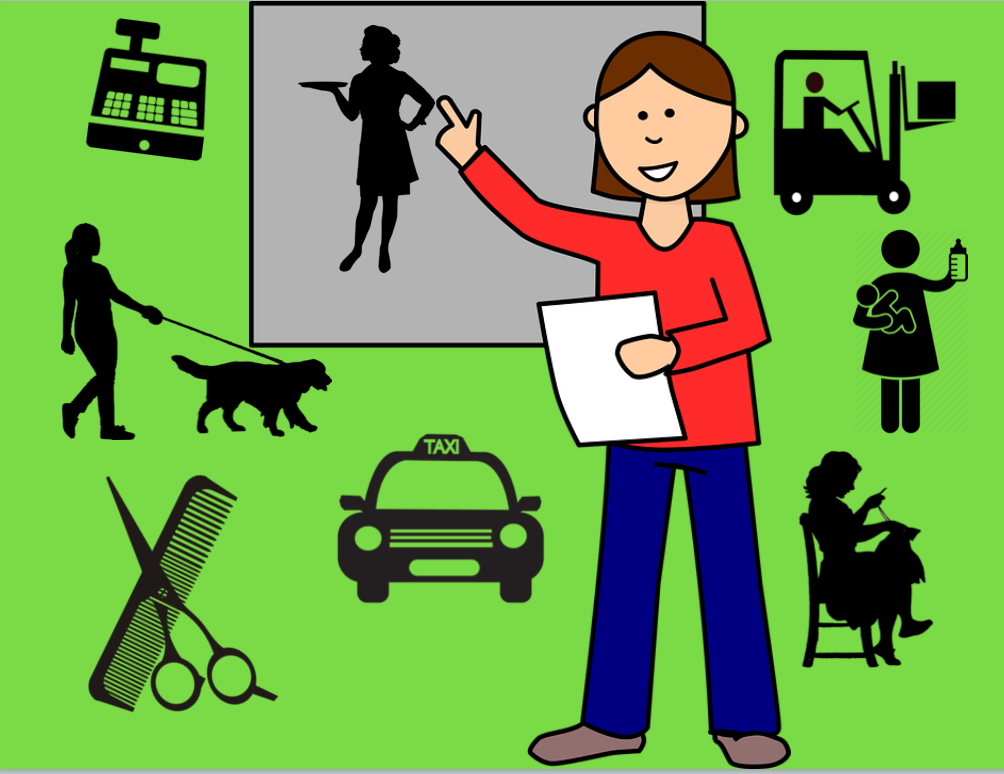
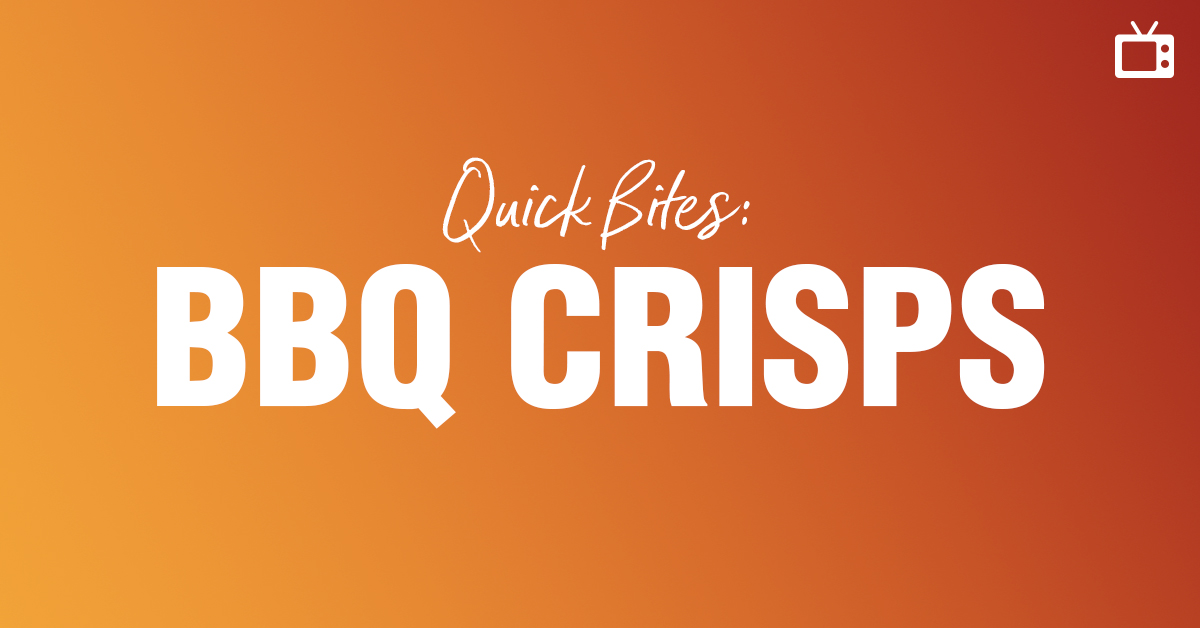
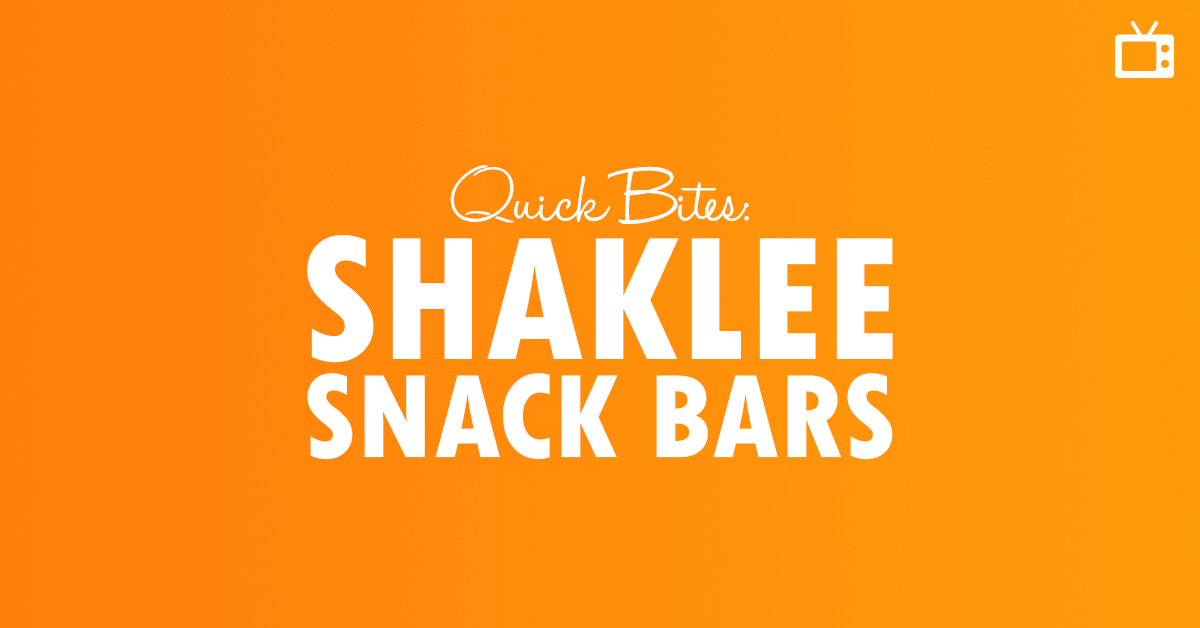
Facebook Comments